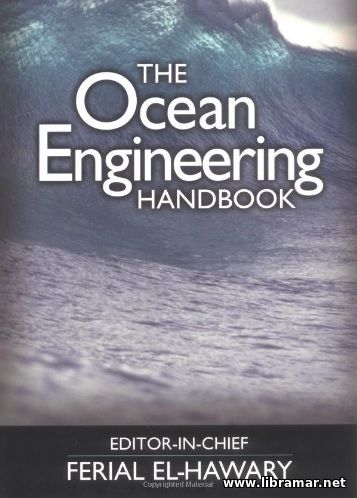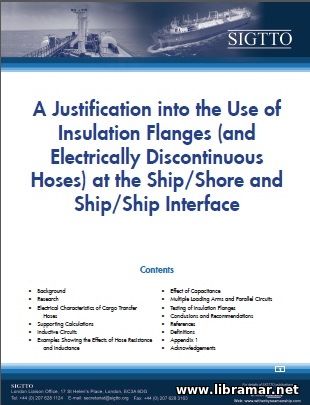Ships in Shallow and Restricted Waters

Narrow passageways and fairways in rivers and canals with a navigable depth and width comparable small in relation to the draft and the breadth of passaging ships are called restricted waters. The maneuverability of ships navigating through such restricted waters will be affected by high hydrodynamic effects that are different from those when ships navigate in broad and deep waters. These peculiar hydrodynamic effects are the shallow water effects, ship squat, interaction and bank effect. Let us have a look into the shallow water effect and ship squat.
When a ship proceeds, the surrounding water is displaced toward the sides and bottom, making a relative flow against the ship’s advance. Advancing hull submerges deeper compared to when she is dead in the water; this changes the trim because the water  around the hull flows a little faster compared with the ship’s speed and the hydraulic pressure decreases. This phenomenon is called ship squat; but why does this take place?
around the hull flows a little faster compared with the ship’s speed and the hydraulic pressure decreases. This phenomenon is called ship squat; but why does this take place?
In shallow water, when the bottom clearance is comparatively small, the ratio of the horizontal flow along both sides of the ship increases because the current towards the bottom is restricted. The hydraulic pressure along both sides of the hull decreases, as the nearer hull is to the surface flow, the faster the rate accelerates and the water level around the ship drops considerably. For this reason, sinkage of the bow and stern and subsequent trim change become larger in shallow water than in deep water. We should be careful that sinkage of the bow and change of trim become greater when a ship  runs in shallow water.
runs in shallow water.
Now let us see how the depth of water affects the turning capability of the ship in shallow water. We will have a look at the data of the turning capability of the large ships. Every curve indicates the tactical diameter of a specific ship by the multiples of the ship’s length. There is another graph illustrating how the turning track of the ship differs as the depth of the water changes. Note that in both cases, the ratio of the water depth to draft is changed with all other parameters remaining same. Thus, we can estimate the tactical diameter of a ship running in restricted water as the multiples of its length, although the presented data are taken from the test results of the large ships, this method can also be applied to smaller ships.
 In view of the maneuverability of a ship, the depth of water also affects course stability like the effects on turning ability. We shall study the difference of the effects on course stability in deep water and in shallow water from the results of the zigzag maneuver tests. In the zigzag maneuver test a ship’s rudder starts to swing alternately to port and starboard when the ship is set on the steady straight course. At first, the rudder is put to starboard ten degrees until her head swings starboard ten degrees from her original course. Immediately after the ship’s head swings ten degrees starboard, the rudder is changed to port ten degrees until her head appoints ten degrees port from her original course.
In view of the maneuverability of a ship, the depth of water also affects course stability like the effects on turning ability. We shall study the difference of the effects on course stability in deep water and in shallow water from the results of the zigzag maneuver tests. In the zigzag maneuver test a ship’s rudder starts to swing alternately to port and starboard when the ship is set on the steady straight course. At first, the rudder is put to starboard ten degrees until her head swings starboard ten degrees from her original course. Immediately after the ship’s head swings ten degrees starboard, the rudder is changed to port ten degrees until her head appoints ten degrees port from her original course.
This alternate rudder operations are repeated several times making a ship run in a zigzag course. On the picture you can see the results of the zigzag tests conducted in deep and shallow water. The required time to turn a ship’s head port or starboard to a settled angle in shallow water become shorter with a smaller overshoot angle than that in deep water. This means that we can expect quicker rudder effect in shallow water compared to that in deep water.
A well-remembered case among several cases reported in the past is that of a large passenger ship navigating in shallow water without reducing the speed that hit her bottom severely on the rocks. When running in restricted water, it is essential to keep enough underkeel clearance to avoid the deterioration of the maneuverability and touch bottom damage.
Underkeel clearance means the space between the ship’s bottom and the sea bed. It equals the value when the ship’s draft is subtracted from the sum of chart datum and  height of tide at that time. To maintain enough underkeel clearance, we have to consider the factors affecting the sinkage of the hull such as squat allowance, wave response allowance, possible error of chart datum, meteorological and oceanographic conditions, and other environmental conditions, and secure a safety allowance that eliminates ship handling difficulties.
height of tide at that time. To maintain enough underkeel clearance, we have to consider the factors affecting the sinkage of the hull such as squat allowance, wave response allowance, possible error of chart datum, meteorological and oceanographic conditions, and other environmental conditions, and secure a safety allowance that eliminates ship handling difficulties.
The effects of sinkage and change of trim when a ship navigates in shallow water greatly affect the ship’s maneuverability. Enough knowledge of these effects in restricted waters will prevent accidents.
The "Read Later" function allows you to add material to this block with just one click. Just click on the icon and read the articles that interest you at any convenient time.


